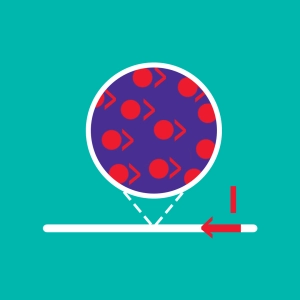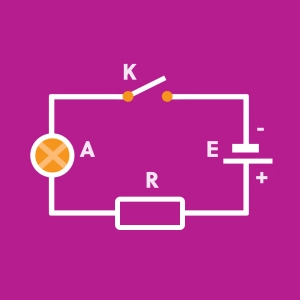 Electrification system
Electrification system
Learning objectives
- To define the terms electric circuit. current, voltage, dipole.
- To teach why all electrical devices must have two poles.
- To approach the dangers of electricity and the risk of electrocution.
An electrical circuit consists of:
- At least two components (also called dipoles because they have two poles) one of which is the generator (also referred to as the source).
- Conducting wires that connect the components to form a closed loop that enables current to flow.
Numerous forms of transport operate using electrical energy. Regardless of the dipole used, an electric motor is connected to the generator (not shown in the photos) by two conducting wires.
The electric power available at the terminals of a dipole is equal to the product of the current (I, in amperes, or amps) and the voltage (E, for electromotive force, in volts).
Remark: The colors chosen are not the conventional ones. The voltage and the current could be direct or alternating.

Discover EduMedia for free
The interactive encyclopedia that brings science and math to life in the classroom.
Over 1,000 resources





